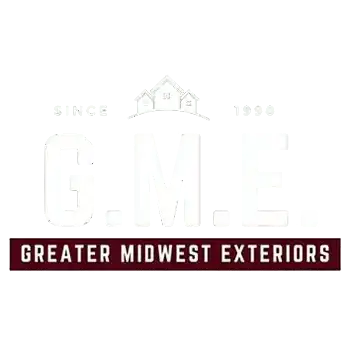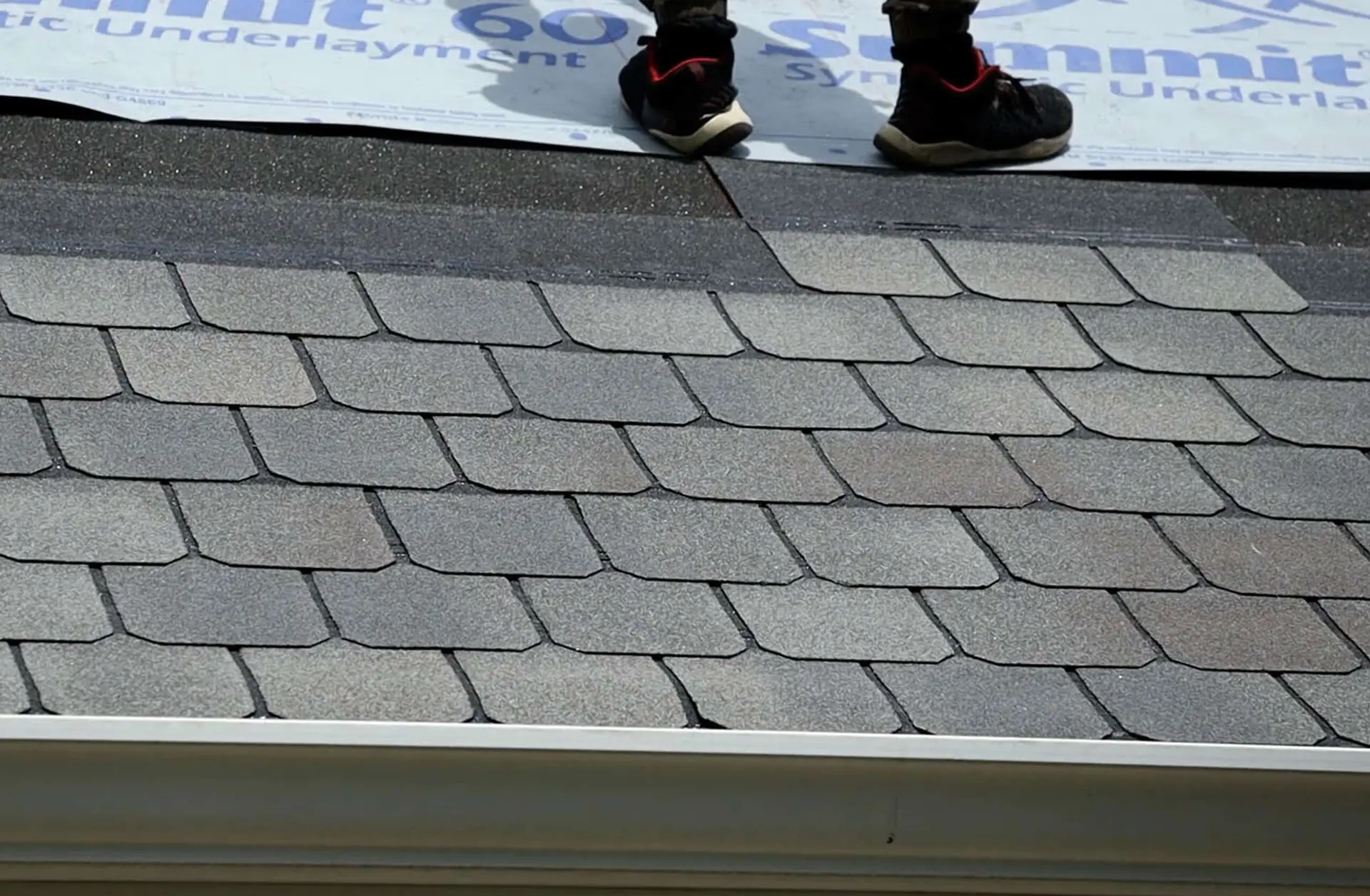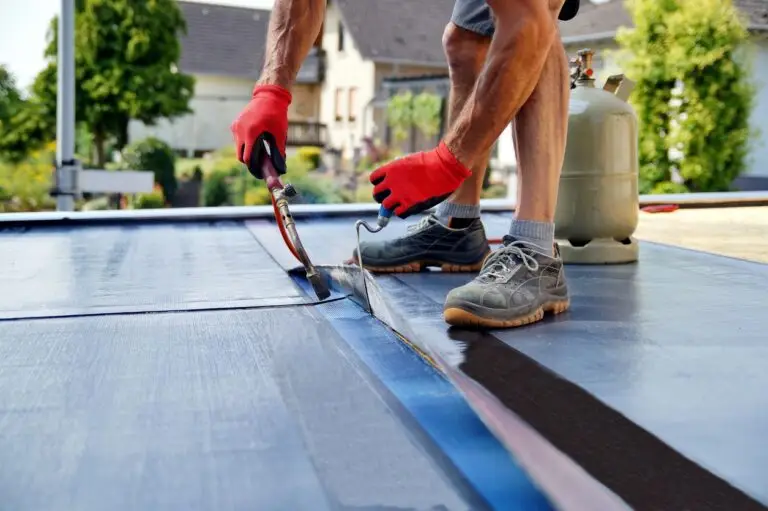Mon - Sat: 8am to 8pm


Greater Midwest Exteriors is definitely your reliable partner in all things related to roofing. We know how important it is for your house to be a safe haven for you and your family. From inspections to replacement, our roofing services are geared toward ensuring your home is as secure as possible. Our positive reviews prove our dedication to quality and customer satisfaction. Learn more about us and our commitment to providing top-notch roofing solutions. Got questions? Check out our FAQ or contact us at (630) 463-7663. We’re always here to help.
Several types of roofing materials are available, each with its own advantages and disadvantages. Here are some of the most common ones:
Asphalt shingles are the most common roofing material in the United States. They are affordable, easy to install, and come in various colors and styles to match any home.
Metal roofing is durable, fire-resistant, and requires little maintenance. It can also be more expensive than other roofing materials, but its longevity and energy efficiency can make it a cost-effective choice in the long run.
Tile roofing is known for its durability and aesthetic appeal. It’s resistant to fire, rot, and insects but also heavy and requires a strong support structure.
Wood shingles, or shakes, offer a natural and rustic look. They are energy-efficient but require regular maintenance to prevent rot and decay.
A well-chosen roofing material not only enhances the aesthetics of your home but also ensures long-lasting protection against the elements. Whether you’re building a new home or replacing an existing roof, selecting the right roofing material is a crucial decision. Here are some essential factors to consider when making your choice:
The local climate plays a pivotal role in determining the suitable roofing material. In areas with heavy rainfall, slate or metal roofs might be preferable due to their waterproof qualities. In contrast, regions with hot climates might benefit from reflective materials that deflect sunlight and reduce cooling costs.
Consider the expected lifespan of the roofing material. While asphalt shingles are popular due to their affordability, materials like metal, slate, or clay tiles tend to have longer lifespans and require less maintenance over time.
The roofing material you choose should harmonize with the architectural style of your home. Different materials offer various textures, colors, and shapes, allowing you to match your roof to your desired aesthetic.
Determine your budget for the roofing project. Keep in mind that while some materials might have a higher upfront cost, they could save you money in the long run through increased energy efficiency and reduced maintenance expenses.
Ensure that your chosen roofing material is compatible with the structural integrity of your home. Some materials, such as slate and concrete tiles, can be quite heavy and may require additional support.
Consider the complexity of installation and ongoing maintenance requirements. Some materials might require specialized installation skills, while others are more straightforward to install.
If energy efficiency is a priority, explore roofing materials that provide good insulation or have reflective properties to reduce heat absorption.
Check the fire resistance rating of the roofing material, especially if you live in an area prone to wildfires or other fire hazards.
Be aware of any local regulations, homeowners’ association rules, or building codes that might impact your choice of roofing material.
Review the warranties offered by manufacturers. Longer warranties can provide peace of mind and indicate the manufacturer’s confidence in the durability of their product.
Shingle replacement is a standard part of roof maintenance. Over time, shingles can become damaged or worn out, and replacing them is essential to maintaining the integrity of your roof.
There are several signs that your shingles may need to be replaced. These include curling or buckling shingles, missing shingles, granules in the gutters, and age. If your roof is over 20 years old, consider replacing your shingles.
Shingle replacement involves several steps, including removing the old shingles, inspecting the roof deck, installing a new underlayment, and installing the new shingles.
The shingle replacement cost can vary depending on several factors, including the size of your roof, the type of shingles used, and the job’s complexity. It’s essential to get several estimates before making a decision.
A roofing warranty is a guarantee from the roofing manufacturer or contractor that the roof will perform as expected for a specific period of time. It’s essential to understand what your warranty covers and what it doesn’t to avoid any surprises down the road.
There are two leading roofing warranties: manufacturer’s and craft warranties. A manufacturer’s warranty covers defects in the roofing material, while a craft warranty covers errors in installation.
When evaluating a roofing warranty, look for the length of coverage, what is covered and what is not, and any maintenance requirements or exclusions.
A roofing estimate is a quote that outlines the cost of a roofing project. It should include the cost of materials, labor, and additional services.
A roofing estimate should include several components, including a detailed description of the work, the materials to be used, the labor cost, the timeline for completion, and the total cost.
When comparing roofing estimates, it’s essential to compare apples to apples. Make sure each assessment includes the exact scope of work and materials. Don’t just go for the lowest price; consider the quality of the materials and the reputation of the contractor.

Regular roof maintenance is essential for several reasons. First, it helps to maintain the structural integrity of your roof. Over time, weather elements can cause wear and tear on your top, leading to potential damage. Regular maintenance helps identify and address these issues early on, preventing further damage and costly repairs.
Second, regular roof maintenance can extend the lifespan of your roof. By addressing minor issues promptly, you can prevent them from becoming major problems that could lead to a complete roof replacement.
Lastly, regular roof maintenance can help maintain your home’s aesthetic appeal. A well-maintained roof can enhance your home’s curb appeal, potentially increasing its value.